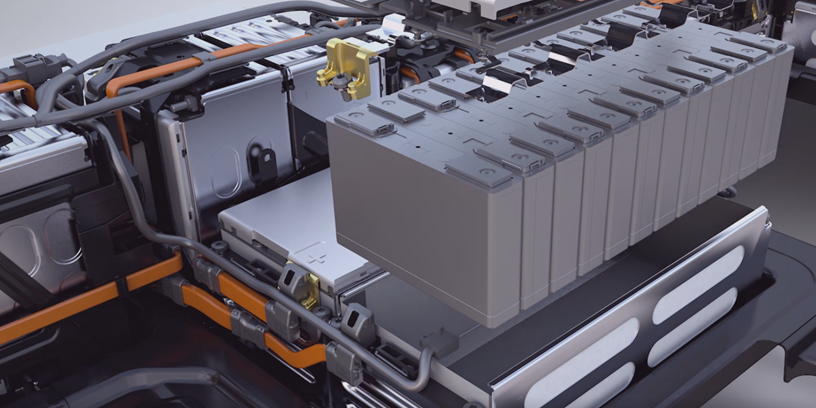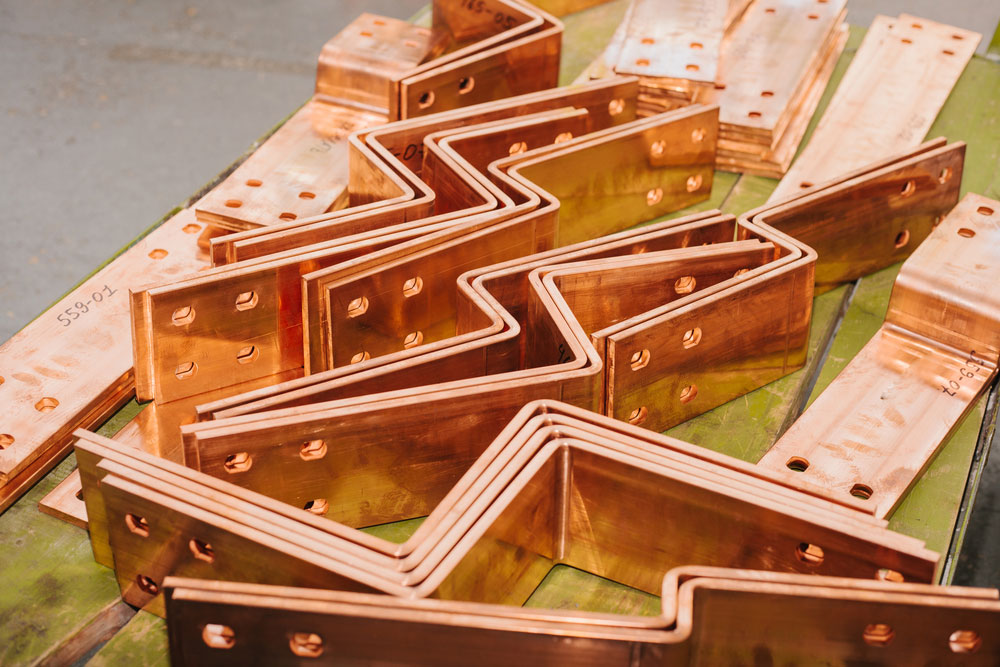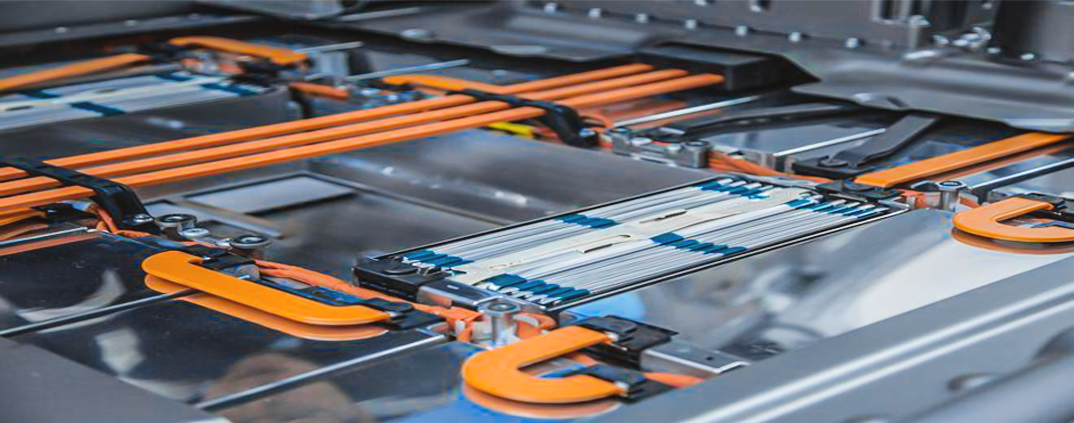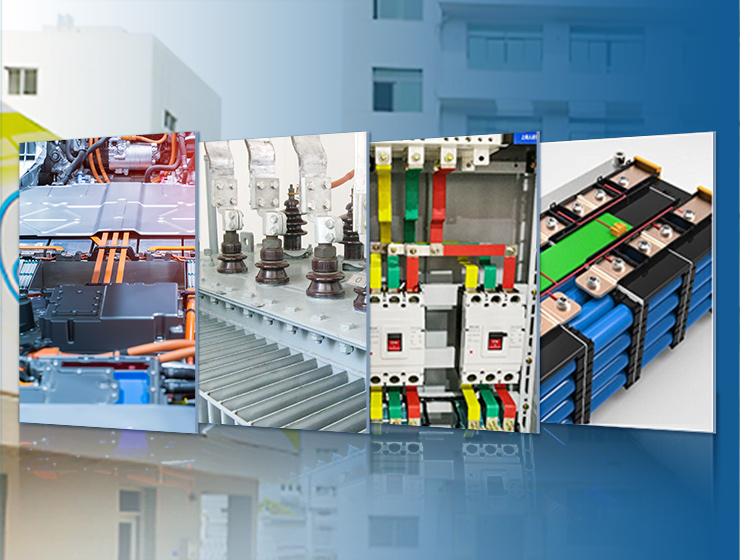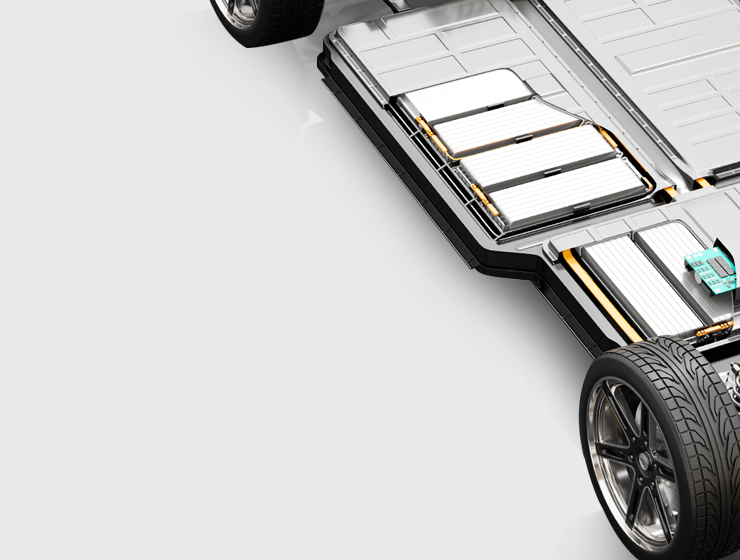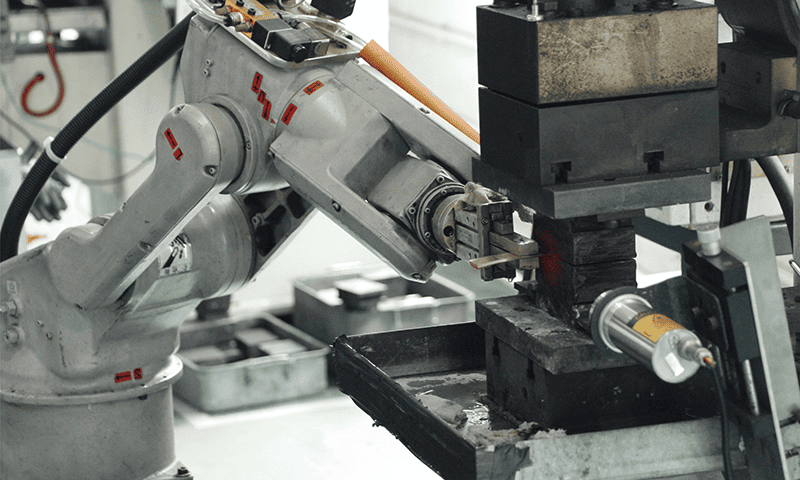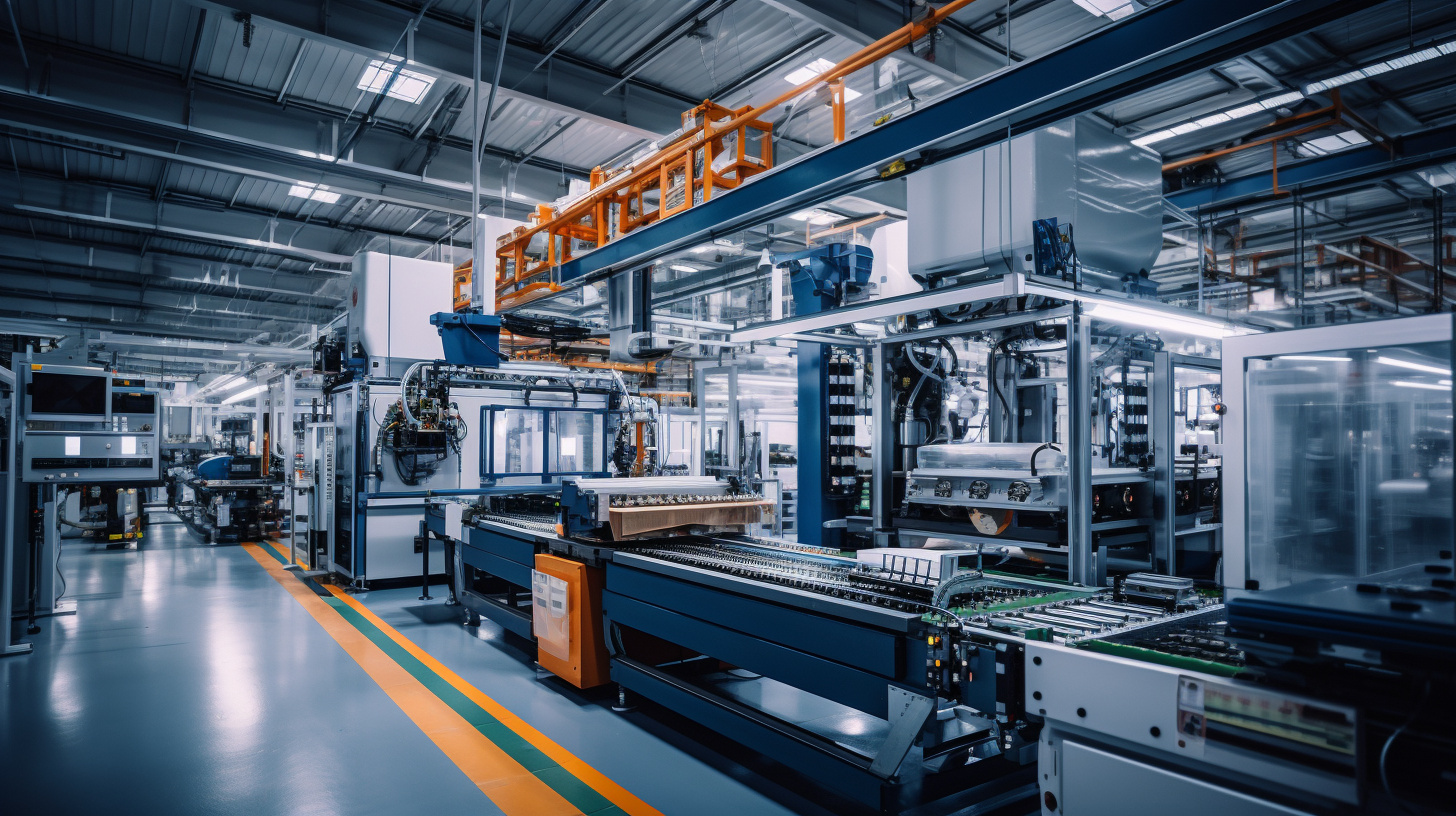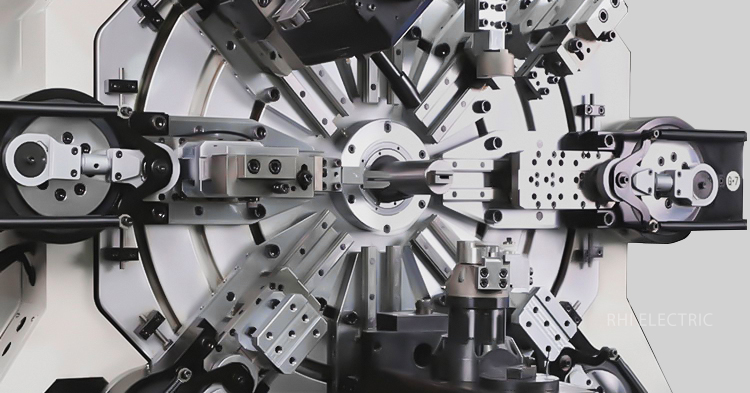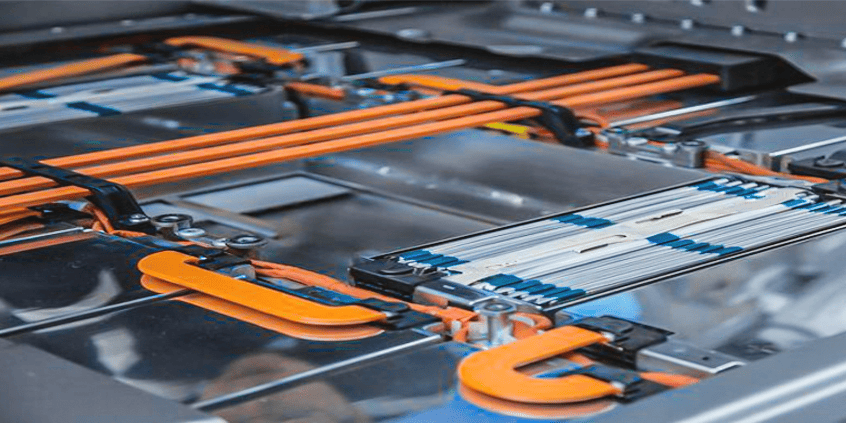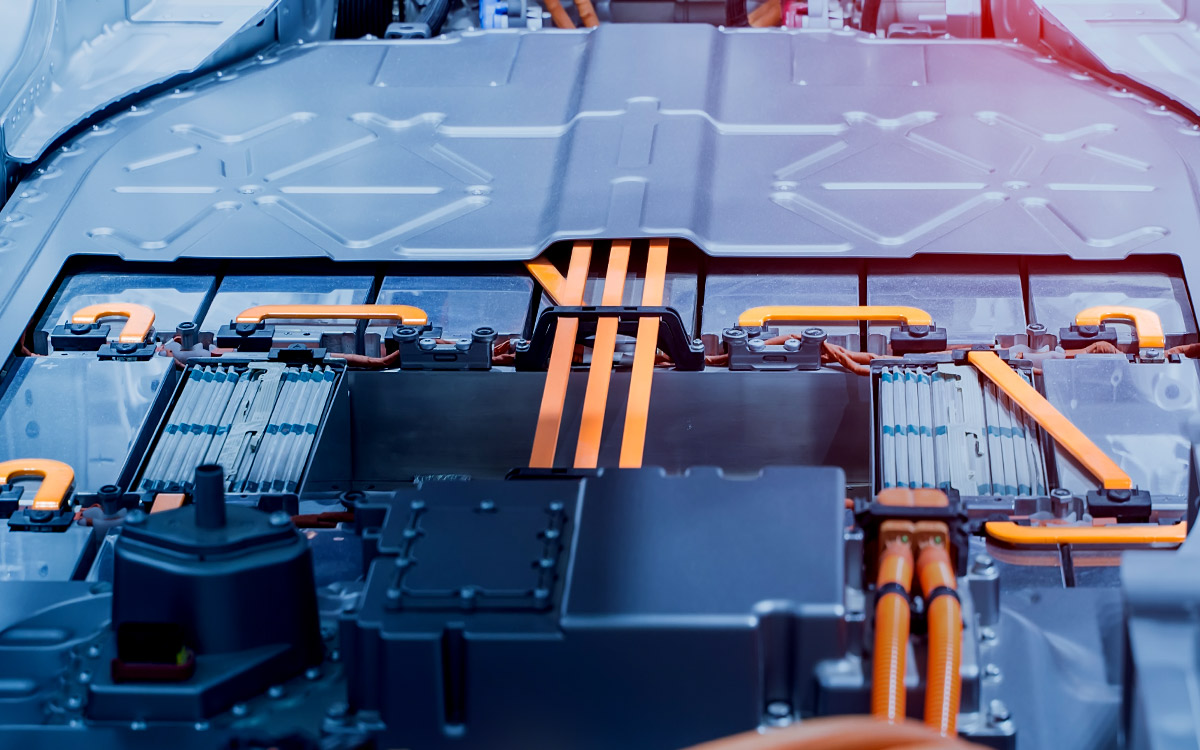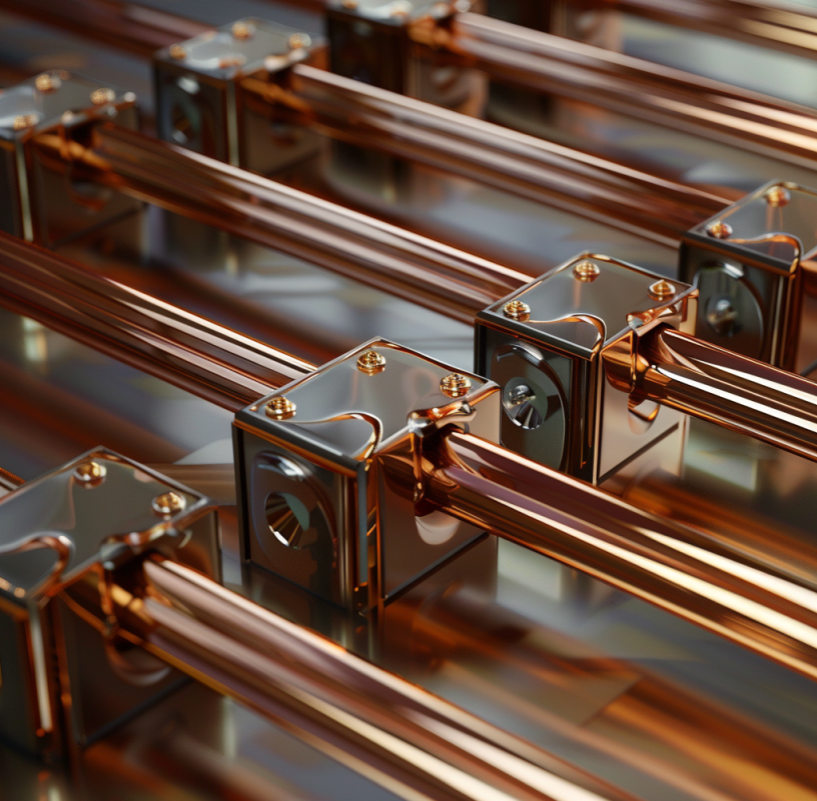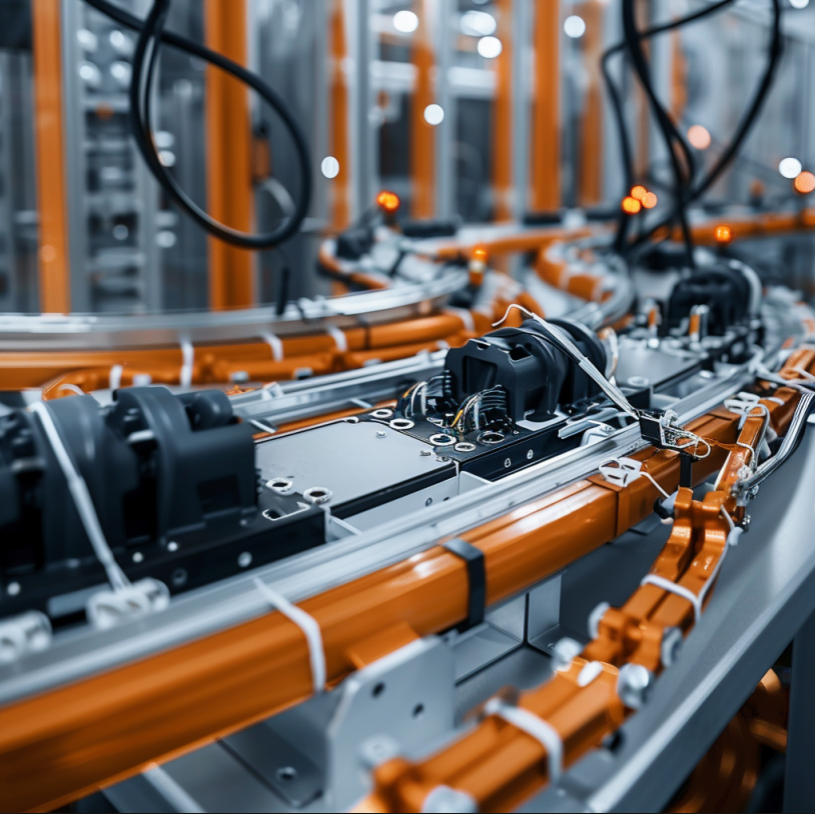

Thermal Runaway Prevention in Electrical Busbars: Key Strategies for Enhanced Safety
Explore the concept of thermal runaway in electrical busbars, its causes, and the key strategies to prevent it. Highlight the importance of proper maintenance, design, and operational practices in preventing thermal runaway and ensuring the long-term performance of electrical systems.
In electrical engineering, maintaining optimal performance and safety is paramount, particularly when it comes to components that handle high currents, such as electrical busbars. Busbars play a critical role in distributing electrical power efficiently within a system, but like any electrical component, they are susceptible to risks, one of the most concerning being thermal runaway. Understanding thermal runaway and implementing effective prevention strategies is essential for enhancing the safety and reliability of electrical busbars.
This article will explore the concept of thermal runaway in electrical busbars, its causes, and the key strategies to prevent it. With safety always being a top priority, the article will also highlight the importance of proper maintenance, design, and operational practices in preventing thermal runaway and ensuring the long-term performance of electrical systems.

What is Thermal Runaway?
Thermal runaway refers to a situation where an increase in temperature causes a system to heat up uncontrollably, leading to further temperature rises. In electrical systems, thermal runaway can occur when a component—such as a battery, resistor, or busbar—produces more heat than it can dissipate, which leads to self-perpetuating heat generation. This can eventually cause the failure of the component or the system, potentially resulting in catastrophic damage.
In the case of electrical busbars, thermal runaway can have serious consequences. These components are designed to conduct large amounts of electrical current from one point to another. If the busbar becomes overheated due to excessive current, poor contact, or inadequate cooling, the temperature rise can result in the melting of insulation, causing short circuits, fires, or even explosions.
The Role of Electrical Busbars
Before diving deeper into the prevention strategies, it’s essential to understand the role of electrical busbars in a power distribution system. Electrical busbars are metallic conductors used to route electrical power to various devices or circuits within an electrical installation. They are commonly found in switchboards, distribution panels, and substations.
Busbars are designed to carry a substantial amount of current and often handle higher loads than individual wires. Due to their capacity to conduct large currents, they are highly susceptible to issues such as overheating and thermal runaway if not properly managed.
Key functions of electrical busbars include:
- Power Distribution: Busbars act as central points where electricity is distributed to various circuits and components.
- Current Conduction: They provide a path for the flow of electrical current, ensuring that all connected devices receive power.
- Compact Power Management: Due to their ability to handle high currents, busbars help reduce the complexity of electrical wiring systems, providing a more efficient and organized solution.
Given their critical function in electrical systems, preventing thermal runaway in electrical busbars is essential for preventing system failures.
Causes of Thermal Runaway in Electrical Busbars
Several factors contribute to thermal runaway in electrical busbars. To effectively prevent this phenomenon, it’s important to identify and address its root causes:
- Excessive Current Load: One of the most common causes of thermal runaway is the application of excessive current beyond the rated capacity of the busbar. Electrical busbars have specific current ratings, and when these ratings are exceeded, the busbar can overheat, triggering thermal runaway.
- Poor Contact and Connection: Loose or corroded connections between the busbar and other electrical components can create resistance, which generates additional heat. This localized heating can lead to hot spots on the busbar, which may eventually cause thermal runaway.
- Inadequate Cooling: Electrical busbars must be adequately cooled to dissipate the heat generated by the current flow. If there is insufficient ventilation or heat management, the busbar can become too hot, leading to overheating and potential thermal runaway.
- Insufficient Insulation: Insulation is critical to the safety of electrical busbars, as it prevents short circuits and reduces the chances of heat buildup. If the insulation is degraded or insufficient, the busbar can become susceptible to overheating, increasing the likelihood of thermal runaway.
- Environmental Factors: External factors such as ambient temperature, humidity, and the overall design of the electrical room can influence the operating temperature of busbars. In high-temperature environments, the heat generated by busbars may not be adequately dissipated, which can trigger thermal runaway.
- Aging Components: Over time, electrical busbars and their components may degrade due to continuous use. This wear and tear can lead to an increased resistance, poor heat dissipation, and a higher likelihood of thermal runaway.
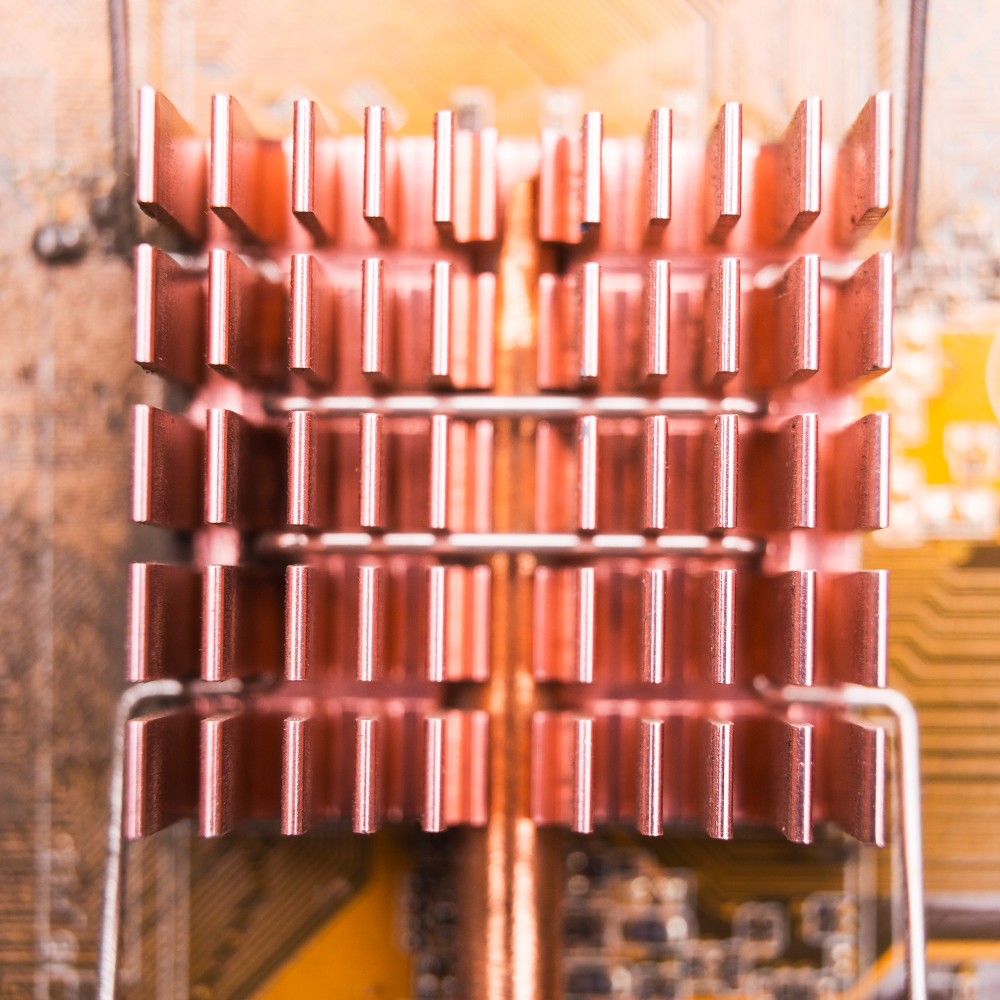
Key Strategies for Thermal Runaway Prevention
Preventing thermal runaway in electrical busbars requires a combination of design considerations, regular maintenance, and operational best practices. The following strategies can significantly reduce the risk of thermal runaway:
1. Proper Sizing of Electrical Busbars
One of the most effective ways to prevent thermal runaway is to ensure that electrical busbars are properly sized for the application. Busbars must be chosen based on the maximum expected current load and the ambient temperature conditions. Selecting a busbar that is too small for the application can result in excessive heating due to insufficient current-carrying capacity.
2. Use of High-Quality Materials
The materials used for manufacturing busbars play a significant role in their thermal conductivity and resistance to thermal runaway. Copper and aluminum are commonly used materials, but their quality can vary. High-quality materials with excellent thermal conductivity will allow heat to dissipate more efficiently, reducing the risk of overheating.
3. Enhanced Cooling and Ventilation
Busbars should be installed in environments with sufficient cooling and ventilation. Proper airflow ensures that the heat generated by the busbar is effectively dissipated, preventing the buildup of excessive temperatures. In high-power applications, consider incorporating forced air cooling systems or liquid cooling to help maintain safe operating temperatures.
4. Routine Inspection and Maintenance
Regular inspection and maintenance are critical to ensuring that electrical busbars remain in optimal condition. Inspections should focus on the integrity of the connections, the state of the insulation, and the overall cleanliness of the busbar. Any signs of corrosion, wear, or loose connections should be promptly addressed. Over time, components may require cleaning or even replacement to ensure they continue to operate safely.
5. Proper Insulation
Busbars should always be properly insulated to prevent short circuits and overheating. Insulation not only protects the system from external hazards but also ensures that the heat generated by the current is confined to the busbar and dissipated through proper channels. Using high-quality insulating materials that can withstand high temperatures will prevent degradation and reduce the risk of thermal runaway.
6. Temperature Monitoring Systems
Incorporating temperature monitoring systems into busbar designs can help detect potential issues before they lead to thermal runaway. By continuously monitoring the temperature of the busbars, operators can identify hot spots and take preventive action before damage occurs. Modern temperature sensors can provide real-time data, enabling automated responses, such as activating cooling systems or reducing the load on the busbar if temperatures exceed safe limits.
7. Redundancy and Load Management
Implementing a redundant design or load management strategy can help prevent excessive heat buildup by ensuring that the electrical busbar does not carry more current than it is rated to handle. By evenly distributing electrical loads across multiple busbars, the system can minimize the risk of any single busbar becoming overloaded, which is a major contributor to thermal runaway.
8. Overcurrent Protection Devices
Installing overcurrent protection devices, such as fuses and circuit breakers, is another effective strategy for preventing thermal runaway. These devices will automatically disconnect the busbar from the circuit if an overcurrent condition is detected, thus preventing excessive heat generation and potential thermal runaway.
9. Improved System Design
The overall design of the electrical system, including the layout of busbars, can play a significant role in thermal runaway prevention. Busbars should be positioned to ensure adequate airflow and to avoid clustering that might impede heat dissipation. Additionally, designing the system with appropriate clearances between the busbars and other electrical components can minimize the risk of heat buildup.
10. Training and Awareness
Ensuring that personnel are trained to recognize the signs of thermal runaway and are aware of the best practices for maintaining electrical busbars is vital. Routine training sessions and safety protocols should be implemented to help operators and maintenance teams identify early warning signs of thermal runaway and take corrective actions before problems escalate.
Conclusion
Thermal runaway in electrical busbars is a serious concern that can lead to system failures, fires, or even explosions. However, by implementing the right prevention strategies, including proper sizing, high-quality materials, regular maintenance, and effective cooling solutions, the risks associated with thermal runaway can be minimized. With these proactive measures, electrical engineers can ensure the safety, reliability, and longevity of busbar systems, ultimately enhancing the overall safety of electrical installations.
By understanding the causes of thermal runaway and integrating robust preventive strategies into electrical busbar designs, we can create more resilient electrical systems that serve the needs of today’s modern infrastructure while minimizing safety risks.






